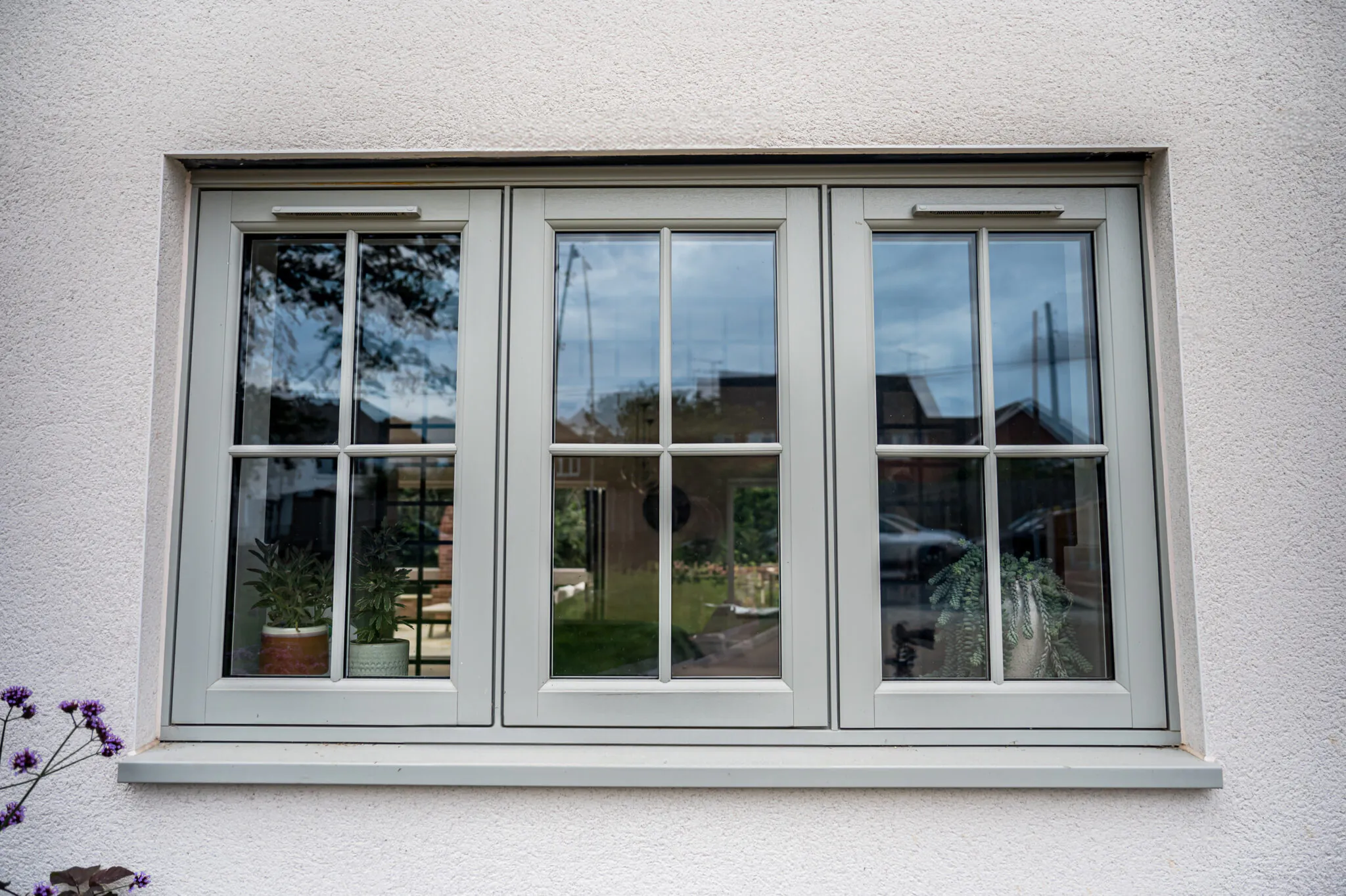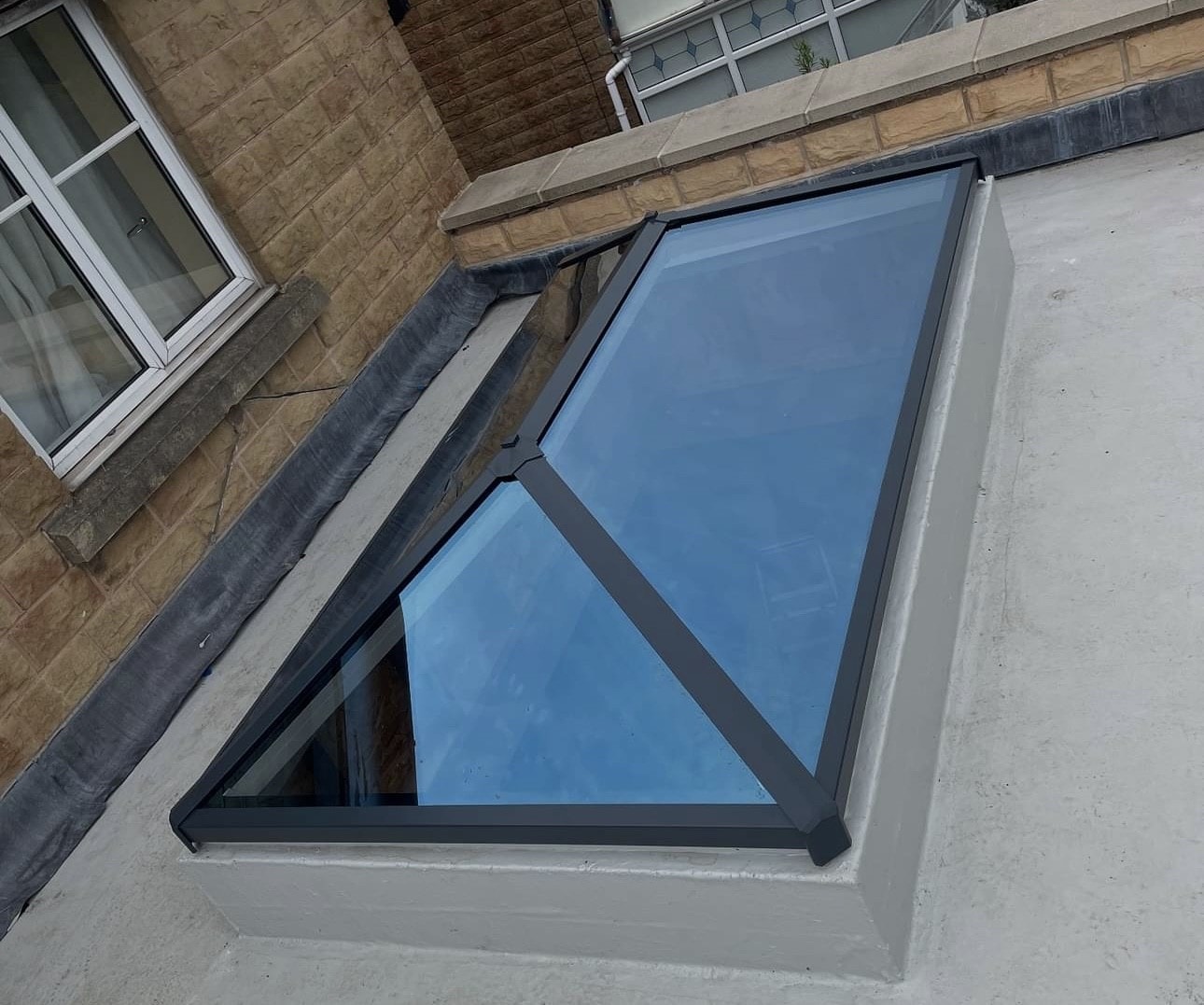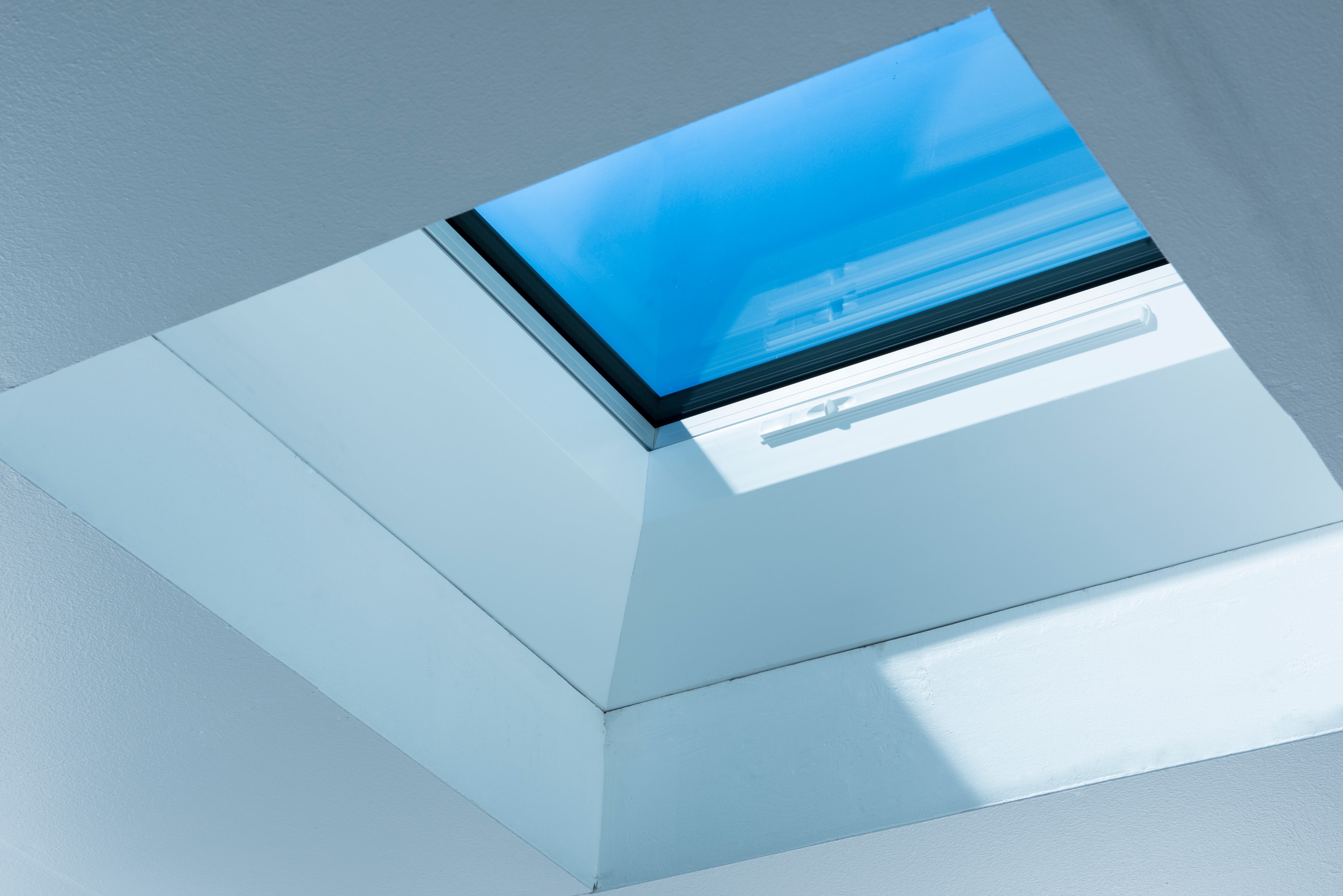How To Choose Between Tempered, Laminated or Toughened Glass?
Choosing the right type of glass is an important decision for any glazing project. From windows and doors to rooflights and balustrades, the glass you select affects not just appearance, but also the safety, performance and durability.
Three of the most common options are tempered glass, laminated glass and toughened glass. While they’re all designed to enhance safety and strength, they differ in how they’re made and how they behave under stress. Understanding these differences will help you choose the right option for your specific application.
What Is Tempered Glass?
Tempered glass is a form of safety glass that undergoes a controlled heating and cooling process to make it several times stronger than standard annealed glass. The glass is heated to high temperatures (around 600°C) and then rapidly cooled using air jets, which toughens its surface and gives it greater resistance to impact and thermal stress.
Key Characteristics
Tempered glass is designed to handle sudden temperature changes and impacts far better than regular glass. When it does break, it shatters into small, blunt fragments rather than sharp, jagged pieces, which significantly reduces the risk of injury.
Advantages of Tempered Glass
Tempered glass offers several key benefits. It provides excellent strength, making it suitable for areas exposed to impact or high traffic. It is also highly resistant to heat, making it ideal for use near cookers, fireplaces, or areas of direct sunlight. Its optical clarity and smooth surface ensure a clean, modern look without compromising safety.
Where to Use Tempered Glass
Tempered glass is often used in applications where safety and strength are priorities. Common uses include:
- Windows and doors
- Shower screens
- Glass partitions
- Furniture such as tabletops or shelving
- Certain rooflights or overhead glazing
Tempered glass is a dependable, versatile option that combines durability with everyday practicality.

What Is Laminated Glass?
Laminated glass is made by bonding two or more sheets of glass together with a flexible plastic interlayer, usually made from polyvinyl butyral (PVB) or ethylene-vinyl acetate (EVA). The layers are fused under heat and pressure, forming a single, solid pane that remains intact even when broken.
Key Characteristics
Unlike tempered glass, which breaks into small fragments, laminated glass holds together when shattered. The interlayer keeps the glass bonded, preventing it from falling apart. This property makes laminated glass particularly effective for safety, sound insulation, and security.
Advantages of Laminated Glass
Laminated glass provides a unique combination of strength and containment. Its interlayer reduces the risk of injury because broken pieces remain stuck in place. It also offers enhanced protection against break-ins, as it’s more difficult to penetrate than standard glass. In addition, laminated glass has excellent acoustic properties, reducing noise transfer, ideal for buildings in busy or urban environments. The interlayer also filters out most UV rays, protecting interiors from sun damage and fading.
Where to Use Laminated Glass
Laminated glass is particularly suitable for locations that demand both strength and safety. Typical uses include:
- Roof lanterns and rooflights
- Car windscreens
- Shopfronts and display windows
- Balconies and balustrades
- Sound-sensitive or high-security environments
Laminated glass is the go-to choice where maintaining integrity after impact is essential.

What Is Toughened Glass?
Toughened glass is often mentioned alongside tempered glass, and the two are sometimes confused. In fact, toughened glass and tempered glass are manufactured using very similar processes, but in the glazing industry, they are often treated as distinct types because of differences in performance levels and applications.
Like tempered glass, toughened glass is created through a process of heating and rapid cooling that increases its strength. However, the degree of heat treatment and cooling intensity can vary, resulting in slightly different mechanical properties and thickness options. Toughened glass typically offers even higher resistance to impact and pressure than standard tempered glass, making it suitable for heavy-duty or structural glazing.
Key Characteristics
Toughened glass is designed to withstand strong impacts, wind loads, and temperature extremes. It also breaks into small, safe granules rather than sharp shards, minimising injury risk.
Advantages of Toughened Glass
Toughened glass is stronger than both standard and tempered glass, providing exceptional durability and load-bearing capacity. It’s ideal for areas that require additional safety and resilience, such as large rooflights, canopies, or glass floors. It also complies with UK Building Regulations for safety glazing in doors, partitions, and other high-risk areas.
Where to Use Toughened Glass
Toughened glass is often chosen for demanding environments, including:
- Rooflights and skylights
- Structural or frameless glass systems
- External doors and façades
- Balustrades and stair panels
- Areas exposed to extreme weather or high foot traffic
Because of its strength and versatility, toughened glass is widely used across both domestic and commercial projects.

Comparing Tempered, Laminated and Toughened Glass
Each glass type serves a slightly different purpose, and the best choice depends on where and how it will be used.
- Tempered glass offers strength, heat resistance, and safe breakage characteristics, making it ideal for general safety glazing.
- Laminated glass adds an extra layer of security, sound control, and UV protection thanks to its bonded interlayer.
- Toughened glass provides maximum durability and load resistance, suited for more demanding structural or overhead applications.
While all three are considered forms of safety glass, laminated glass is best when you need glass that stays intact after breaking, while toughened glass is the choice for high-impact areas. Tempered glass sits comfortably between the two as a practical, all-round solution.
Factors to Consider When Choosing
When deciding which type of glass is right for your project, consider the following:
- Location and Use: Is the glass going to be overhead, structural, or decorative? Rooflights and floors benefit from toughened glass, while doors and partitions may be best served by tempered glass. Laminated glass is ideal where fall protection or containment is critical.
- Safety Requirements: Areas with a higher risk of human impact should use safety glass that meets BS EN 12150 (for toughened/tempered) or BS EN 14449 (for laminated).
- Noise and UV Control: If you’re trying to reduce sound transmission or protect furniture from UV exposure, laminated glass is the best option.
- Security: For shopfronts, doors, or properties needing extra protection, laminated glass provides better resistance to break-ins.
- Aesthetics and Cost: Tempered glass tends to be the most economical safety option, while laminated and toughened glass are typically more premium due to their additional strength and performance benefits.
Final Thoughts
Choosing between tempered, laminated, and toughened glass comes down to your priorities, whether that’s strength, safety, noise reduction, or appearance.
- Choose tempered glass if you need everyday safety and durability at an affordable cost.
- Choose laminated glass if you want superior safety, security, and acoustic performance.
- Choose toughened glass if your project demands the highest level of strength and resistance for structural or overhead use.
Each type has a clear purpose, and by matching the right glass to your application, you ensure your glazing is not only functional and compliant but built to last.
At UKO Glass we offer a range of different glazing types, from tempered and toughened glass to laminated glass, to fit your specific needs. Want to find out more information? Speak to our team on 01422 861116 today.
